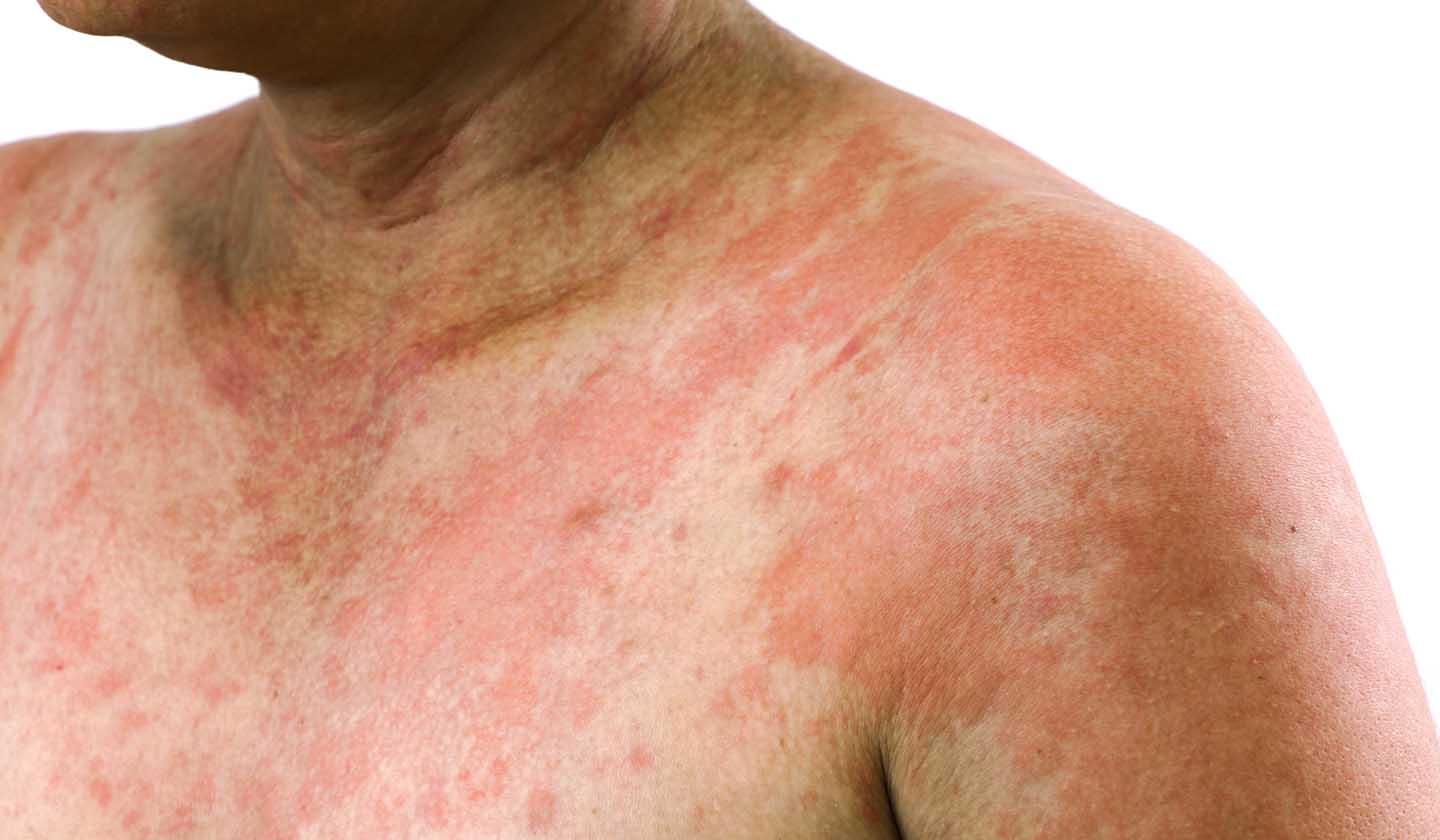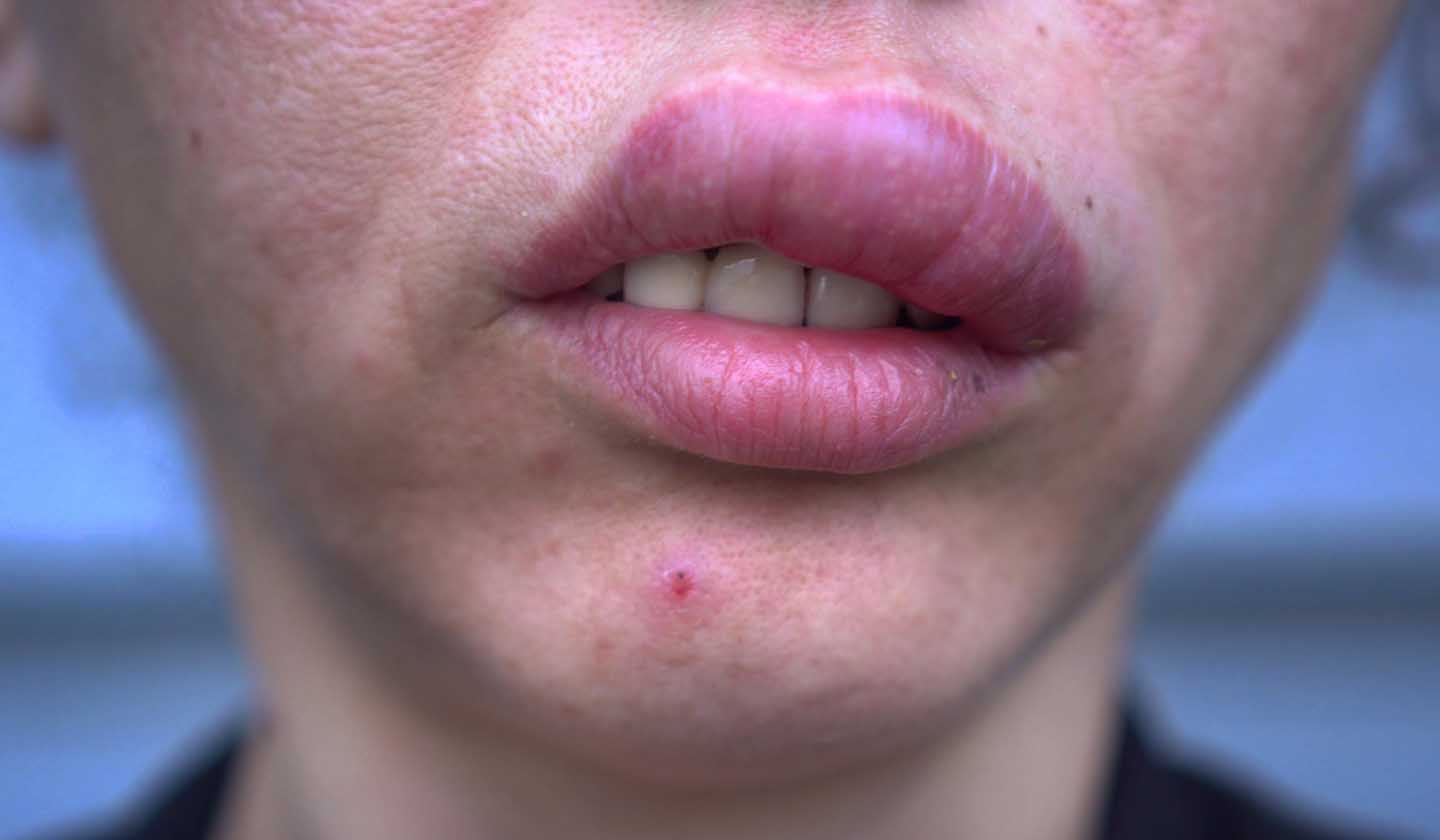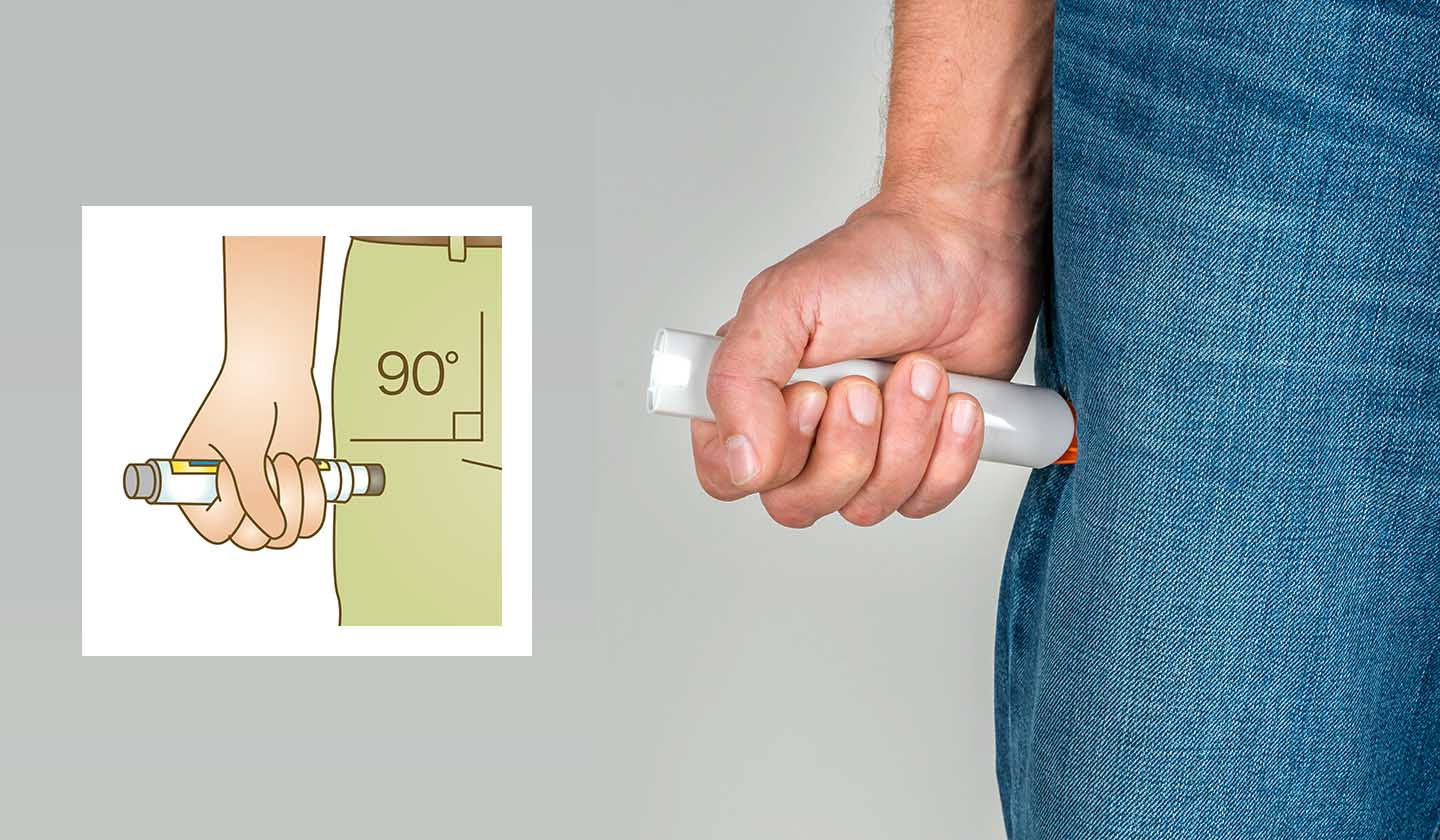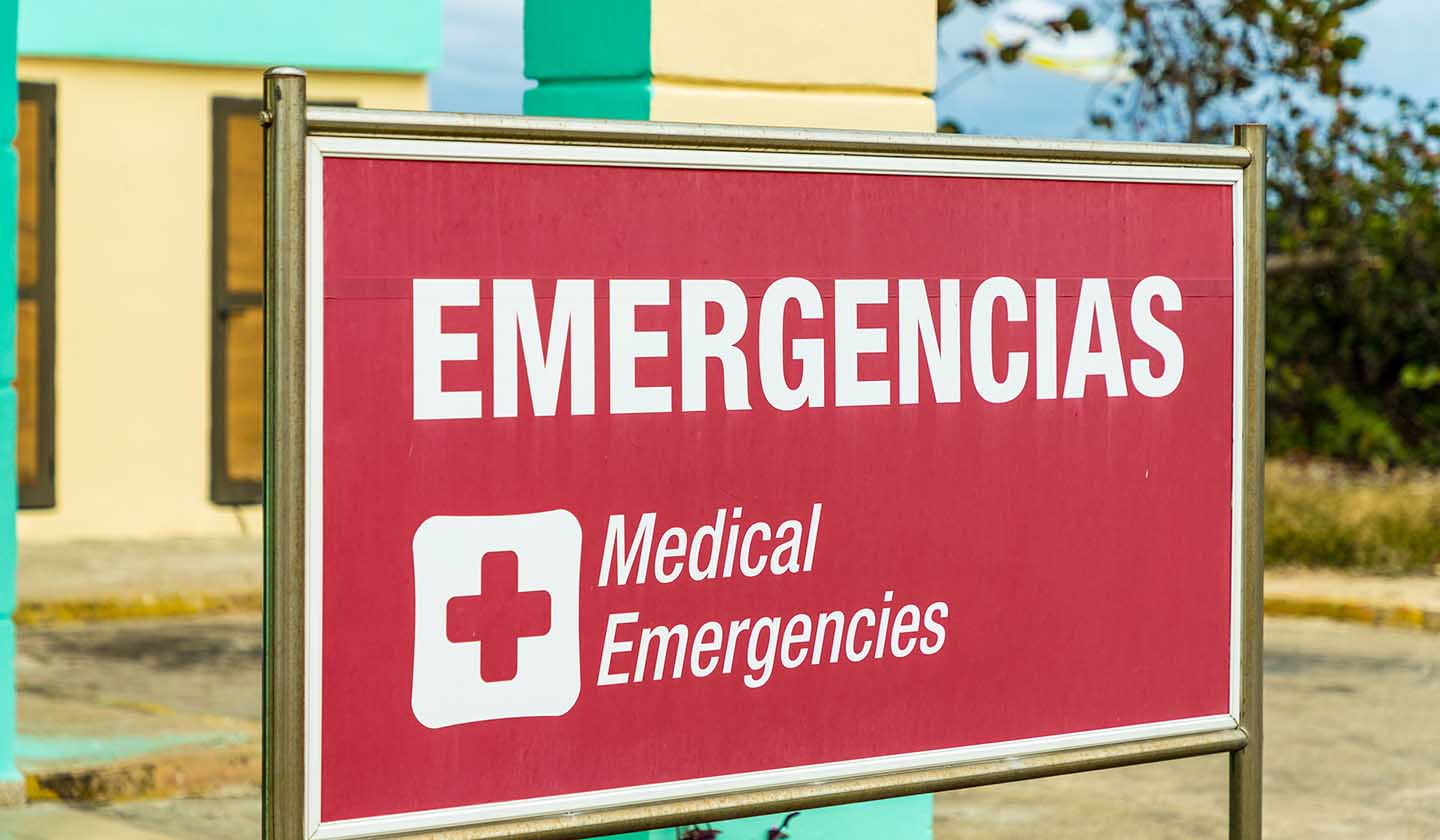Allergies
Anaphylactic shock - Adrenaline fast!

Do you suffer from or live with someone who has severe allergies? Has your doctor prescribed you an adrenaline pen? You are aware that this drug can save your life in cases of anaphylactic reaction.
Over 17 million people suffer from severe food allergies in Europe alone, of which one in four are school-age children.
Over the last 20 years, there has been an increase in severe allergic reactions caused by food allergy, especially in the younger population.
Anaphylaxis, which has been compulsorily notifiable in Portugal since 2012, is still under-diagnosed, putting 0.5 to 1.5% of the Portuguese population at risk. Up to the age of 18, the causes of anaphylaxis are mainly food allergies.
Since anaphylaxis is a medical emergency that can be fatal, it is therefore of the utmost importance to be able to recognize the warning signs in order to be able to act quickly and in a timely manner.

What is anaphylaxis?
Anaphylaxis or anaphylactic shock / reaction is a severe widespread or systemic allergic reaction that can be fatal. It is characterised by a sudden (it occurs from seconds to minutes) drop of the blood pressure and by the narrowing of the airways, possibly blocking normal breathing, usually associated with skin (urticaria) and / or mucous membranes (oedema) manifestations.
This allergic reaction results from an exaggerated response of the immune system to an allergen. Some of the most common allergens responsible for anaphylaxis cases are:
- Food (peanuts and tree nuts, shellfish, eggs, milk, fish, soy, wheat ...);
- Certain medications (especially anti-inflammatory drugs, antibiotics);
- Poison from insect bites.
Anaphylaxis caused by food allergies occurs more often in children. In adults, drugs and insect bites are the most common cause of anaphylactic reactions.

What are the alarm signals / symptoms?
The symptoms and signals of anaphylactic shock usually set in within 2 hours of exposure to the allergen. If the allergen is a food, anaphylaxis symptoms usually occur within 30 minutes of exposure to an allergen. However, when the allergen is insect poison or a medication, these symptoms set in even more quickly (5 or 15 minutes after the exposure). However, depending on the organs involved and the severity of the allergy, the clinical manifestations of anaphylaxis can occur within seconds.
There are several alarm signals. In most cases, cutaneous manifestations associated with respiratory and / or cardiovascular and / or gastrointestinal symptoms occur.
- Cutaneous manifestations - skin and / or mucous membrane:
- Generalised hives (itching) and erythema;
- Oedema (swelling) of the tongue, uvula, lips, throat, eyelids, face, hands and / or feet;
- Heat sensation in the tongue.
- Cardiovascular symptoms - more alarming and more frequent when anaphylaxis occurs in adults:
- Hypotension or associated symptoms (dizziness, incontinence, feeling faint, hypotonia - collapse).
- Respiratory symptoms - more alarming and more frequent when anaphylaxis occurs in children:
- Persistent cough (usually dry);
- Difficulty breathing (wheezing);
- Hoarseness.
- Gastrointestinal symptoms
- Nausea, vomiting, abdominal cramps, diarrhoea
If these symptoms occur and the affected person has an adrenaline pen (prescribed by the doctor), it means that you should administer it as soon as possible.
If the affected person does not have an adrenaline pen, call 999 (112 in Portugal) or go to an emergency service immediately.

What is adrenaline?
Adrenaline, also called epinephrine, is a substance that increases blood pressure by constricting blood vessels and regulates breathing, causing the relaxation of the respiratory muscles. It also reduces the oedema that appears on the face, lips, and other areas, and stimulates the heartbeat. Thus, it has the ability to reverse anaphylactic shock.
There are two brands available on the market: Epipen® and Anapen® in the form of auto-injectors for intramuscular administration.
How to administer adrenaline?
If it has been prescribed to you, or to a relative, you should know in advance how to administer the adrenaline pen. Read the information leaflet so you can act immediately and with determination in case of an anaphylactic reaction. Here is a brief description of the procedure:
- Check that the solution is clear and colourless;
- Hold the autoinjector with your dominant hand;
- Remove the security cover;
- Place the device firmly against the outer thigh at a 90º angle (you will hear a click) and stay in that position for 10 seconds (it can be administered over the clothes).
- Remove the autoinjector;
- Gently massage the injection area for 10 seconds.

What to do next?
- Call 112 (emergency number in Portugal) or 999 (emergency number in the UK);
- While waiting for the ambulance, the person must remain lying down with their feet raised, unless breathing becomes more difficult. In that case, the patient should be semi-seated;
- If symptoms do not improve after 5 to 15 minutes after the administration of adrenaline, a second dose of the medicine (a second pen) should be administered.
Following an anaphylaxis episode, the patient should be kept under clinical observation for at least 8 to 24 hours, due to the possibility of a biphasic anaphylactic reaction, which may be more severe than the first.
It is important to teach family members, friends, and colleagues how to recognise the signals and symptoms of an anaphylactic shock.They should also know where the adrenaline pen is stored and how to administer it.
Sources
iSaúde
Farmácia Distribuição Magazine
Também lhe poderá interessar
Allergies
Seasonal allergies? Dismissed
Respiratory system






